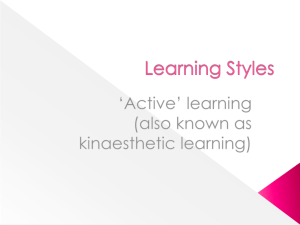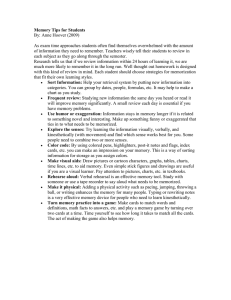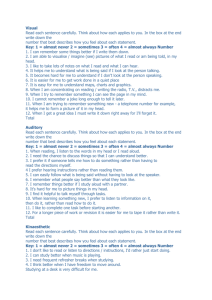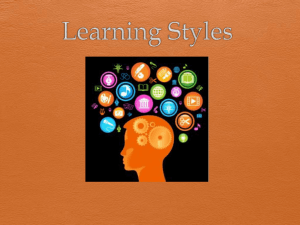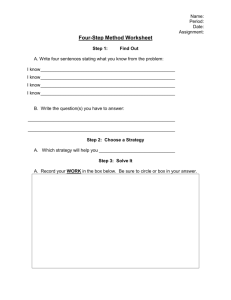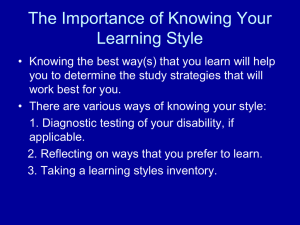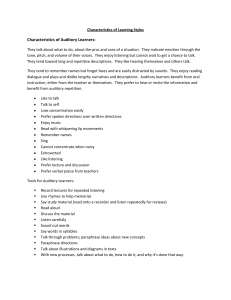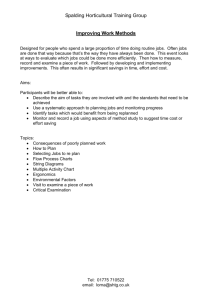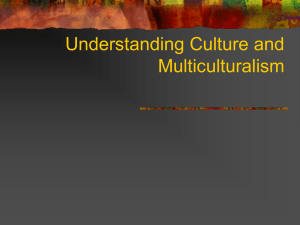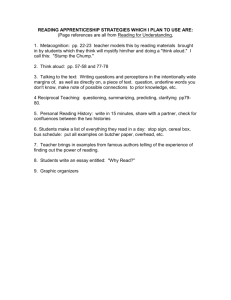Learning styles Powerpoint
advertisement
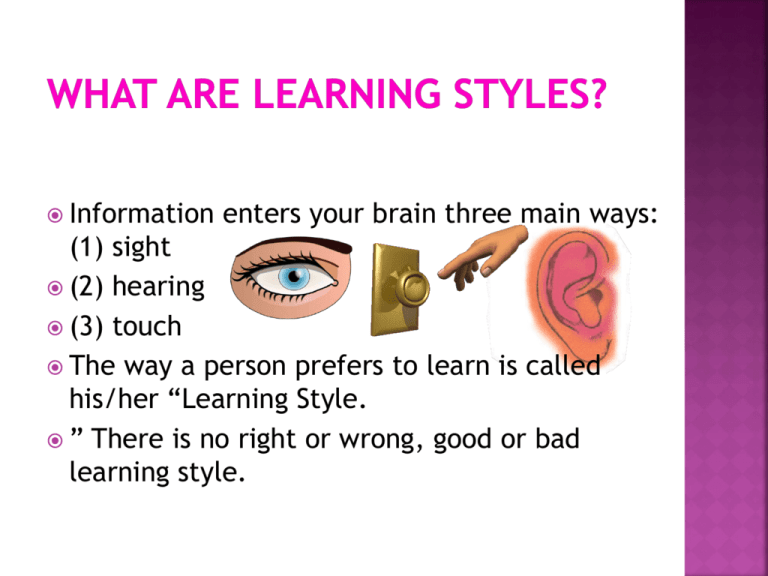
Information enters your brain three main ways: (1) sight (2) hearing (3) touch The way a person prefers to learn is called his/her “Learning Style. ” There is no right or wrong, good or bad learning style. • A person’s learning style has nothing to do with intelligence or skills. • It has everything to do with the way a person’s brain works to learn and store information efficiently. • Since everyone learns differently, understanding learning styles can help you become a better student. • By examining learning styles, you will become aware of how your brain learns best. • This awareness gives you the chance to study effectively and be more successful in and out of school. Visual Learners – learn by sight. Auditory Learners – learn by hearing. Tactile Learners (kinesthetic) – learn by touch. • Prefer to see information such as pictures, diagrams, cartoons, and demonstrations. • They picture words and concepts they hear as images. • They are easily distracted in lecture with no visual aids. • Overwhelmed with intense visuals accompanied by lecture. • Benefit from using charts, maps, notes, and flash cards when studying. Let me see it! • Take lecture notes. • Underline, highlight, or circle printed material. • Borrow others’ notes, compare to own. • Draw pictures in notes to illustrate concepts. • Use a variety of colors – in pens, pencils, markers, highlighters, paper, etc. for different categories or concepts. • Write it out! • Draw out ideas. • Work with many colors. • Use outlines, pictures, graphs, charts, and diagrams. • • • • • • Prefer to hear information spoken. Can absorb a lecture with little effort. May not need careful notes to learn. Often avoid eye contact in order to concentrate. May read aloud to themselves. Like background music when they study. Let me hear it! • Study in groups and talk things out. • Work out problems aloud. • Record lectures, teaching and study group sessions, etc. • Read texts out loud (into recorder). • Listen to lecture/text tapes while driving, walking, etc. • Dictate papers, to be typed later. • Read questions aloud. • Use word association. • Prefer touch as their primary mode for taking in information. • In traditional lecture situations, they should write out important facts. • Create study sheets connected to vivid examples. • Role-playing can help them learn and remember important ideas. Let me experience it! • Trace letters of words with finger (to memorize spelling, for example) • Use finger as a guide while reading material. • Take, and type out or rewrite class notes. • Get hands-on in science or computer labs, for example – don’t just watch someone else do it. • Write out everything. • Use models – of the human brain, DNA, etc. • Draw charts or diagrams of relationships.

